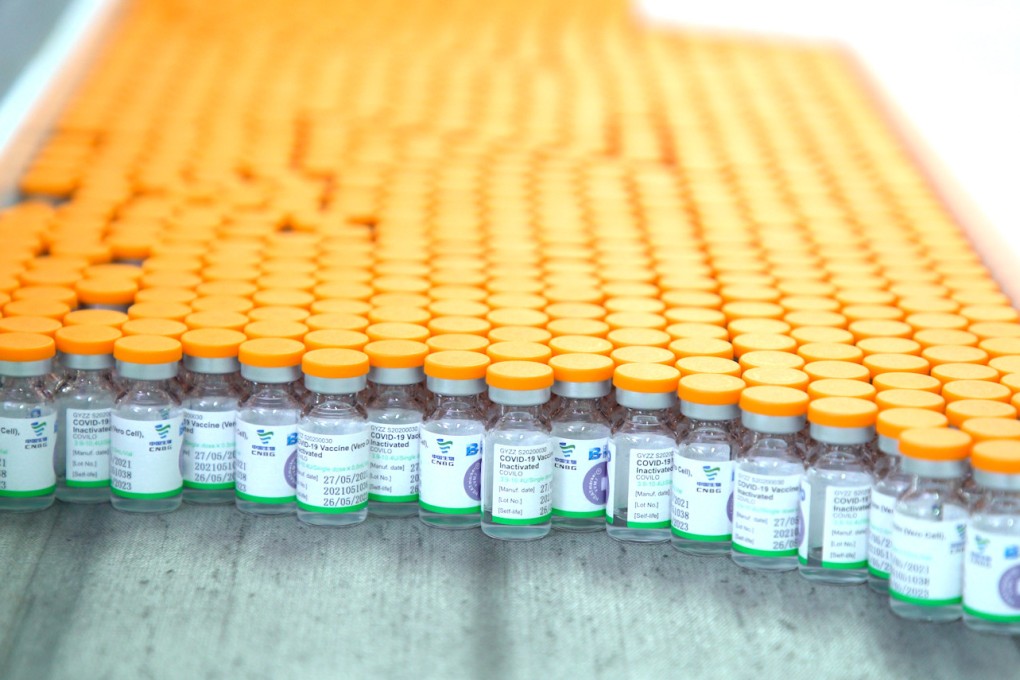Advertisement
China has major vaccine role to play in future health challenges: Gavi
- Chinese Covid shots were crucial when international supplies were tight, alliance chief says
- Beijing can play a similar role with other diseases such as HPV, he says
Reading Time:2 minutes
Why you can trust SCMP
1

China has helped ensure global vaccine equity during the Covid-19 pandemic and can be a major contributor to meeting health challenges now and in the future, a top health executive has said.
Seth Berkley, CEO of global vaccine alliance Gavi, said donors such as China and manufacturers like Chinese firms Sinovac and Sinopharm made it possible for the Covax Facility to ship more than 1.5 billion doses of Covid-19 vaccines to 146 countries and territories.
Gavi co-led the facility, which buys and delivers vaccines around the world.
Advertisement
Berkley said China could continue to help ensure children everywhere had access to basic immunisation and healthcare.
“China can play a major role in this work, continuing to contribute financing, technical assistance, and help with vaccine supply … like the new HPV vaccines under way,” he said.
Advertisement
In November, the World Health Organization approved China’s first domestically developed HPV vaccine Cecolin, by Xiamen Innovax Biotech for procurement and supply to low-income countries.
Advertisement
Select Voice
Choose your listening speed
Get through articles 2x faster
1.25x
250 WPM
Slow
Average
Fast
1.25x